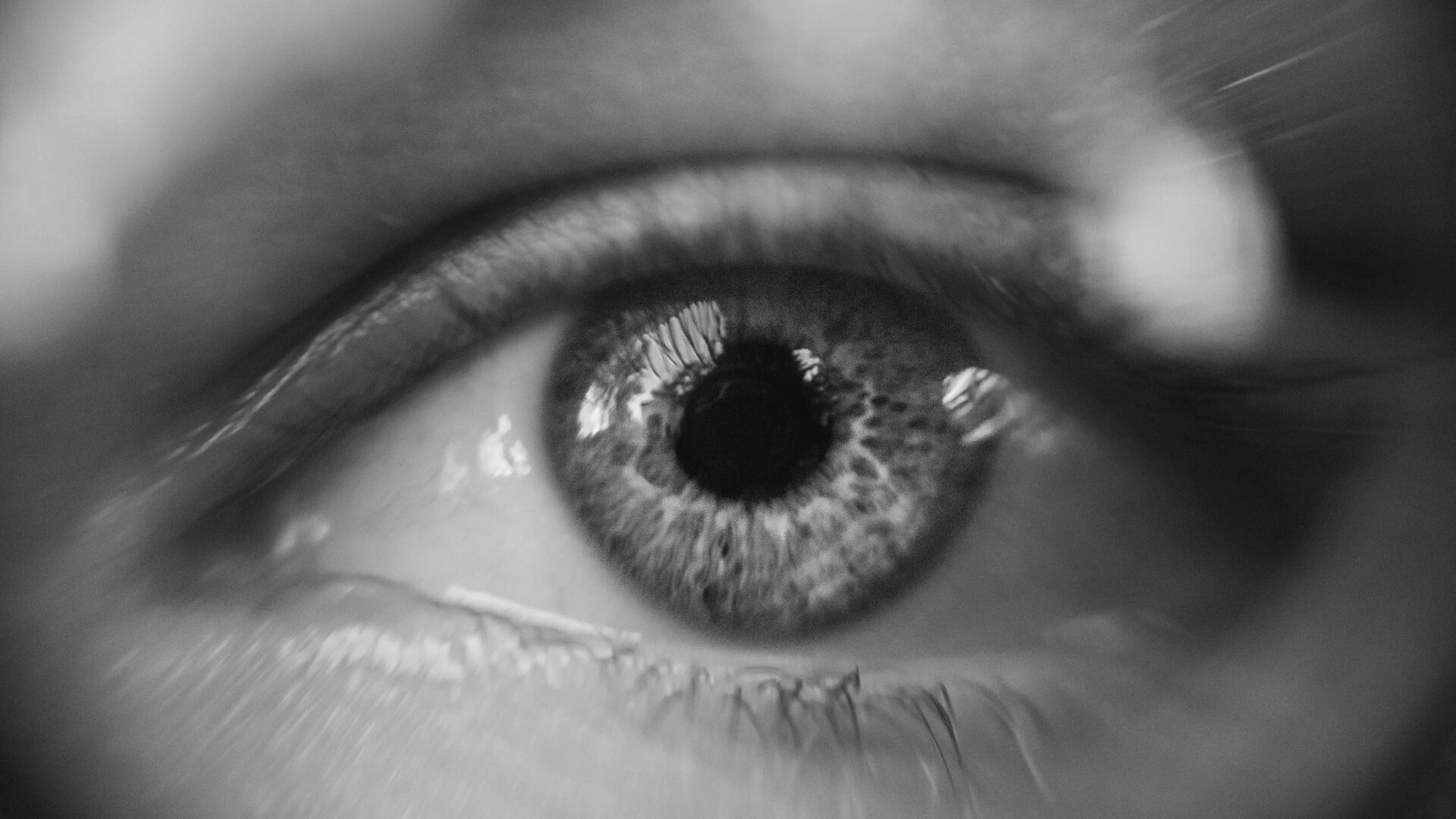Take a moment and think of your favorite music video, movie scene, or Instagram reel that gave you goosebumps. Now ask yourself, was it just the performance that moved you? Or was it the way the light hit their face, the shadows danced behind, or how the mood shifted instantly with a color tone change?
The answer is almost always lighting. Lighting is the invisible language of visual storytelling. It sets tone, builds depth, drives emotion, and gives your visuals that cinematic texture that either pulls you in, or pushes you out.
No lighting = No story.
Let’s break down why understanding lighting is essential in today’s visual-first world. In the age of short-form content, everyone’s creating—but few are lighting. The result? An endless scroll of flat, overexposed, underexposed, or lifeless visuals.
The difference between a scroll-skip and a scroll-stop?
Depth, Intentional highlights and shadows, Colors that feel real or surreal in the best way.
Even a phone camera today can shoot 4K. But without good lighting, it’s like recording a symphony with a broken mic.
Lighting = Emotion, Mood, and Context
Lighting isn’t just technical, it’s emotional. Most of the times when we are watching a video, we focus on the subject and the information that the subject wants to convey. But what your mind sees is bo=eyonf that. Any moment you like a new video from now onwards, ask yourself- "What's the lighting in this video like?" Here's what different setups can do:
Soft, diffused light: Romance, calm, introspection
Hard light from one side: Drama, mystery, loneliness
Backlighting: A sense of hope, silhouette beauty, or inner conflict
Low-key lighting (deep shadows): Thrillers, intensity, suspense
High-key lighting (bright and balanced): Comedy, joy, lightheartedness
Colored gels (like red, blue, purple): Psychedelia, passion, melancholy, or futuristic themes
You can literally light a heartbreak, shade a plot twist, or illuminate a moment of self-realization. That’s the power of knowing your light. Never hesitate to experiment with lighting, but also read about what would go best when you want to keep your viewer's attention on the emotion you want to convey. It is not only about what the eyes see, it more about how it reacts with their minds and emotions.
It’s Not About Fancy Gear
You don’t need a Hollywood rig to create cinematic magic. A single ring light, a desk lamp, a reflector, or natural sunlight through a curtain can do wonders if you understand direction, angle, and intensity. We’ve done music videos using just two lights and shadows—and the result was more compelling than a multi-cam, badly lit set. What matters is your intent and awareness of what you want the audience to feel.
In 2025, the visual world is video-first. Everyone’s either making or consuming reels, vlogs, tutorials, skits, or performances. Your first few seconds matter more than ever.
If your lighting is off, your story gets lost.
If your frame has depth and vibe, people pause.
If your lighting enhances your performance, people remember.
Good lighting doesn’t just make you look better, it makes your vision clearer.
For Directors & Cinematographers: It’s Your Language
If you’re directing a project or operating a camera, lighting is your most powerful storytelling ally. We mostly focus on the subject and everything around it, trying so hard to play around with the framing or set designs, or make it aesthetic, etc. But 7 out of 10 times it's just gonna take a slight adjustment in your light placement to get the perfect frame. Here’s what understanding lighting can do:
Set the time of day without changing locations
Show emotional shifts without dialogue
Highlight a character’s transformation or duality
Hide or reveal key narrative elements
Build atmosphere that lingers longer than words
The best cinematographers are often not just camera operators, they are painters of light.
Light It Like You Mean It
At Amythverse, we believe in intentional visuals.
Whether it’s a black-and-white narrative music video or a studio-lit performance shot, we don’t “add lights”—we light stories. And we love encouraging our creators to do the same.




